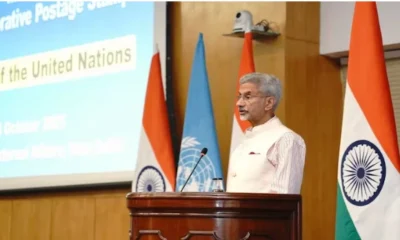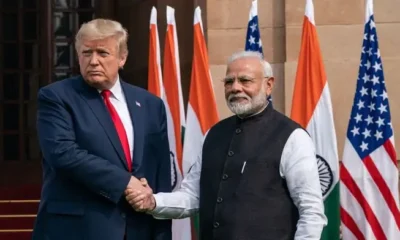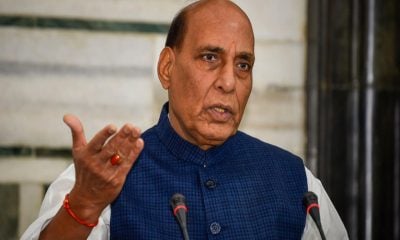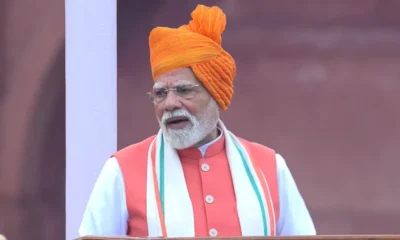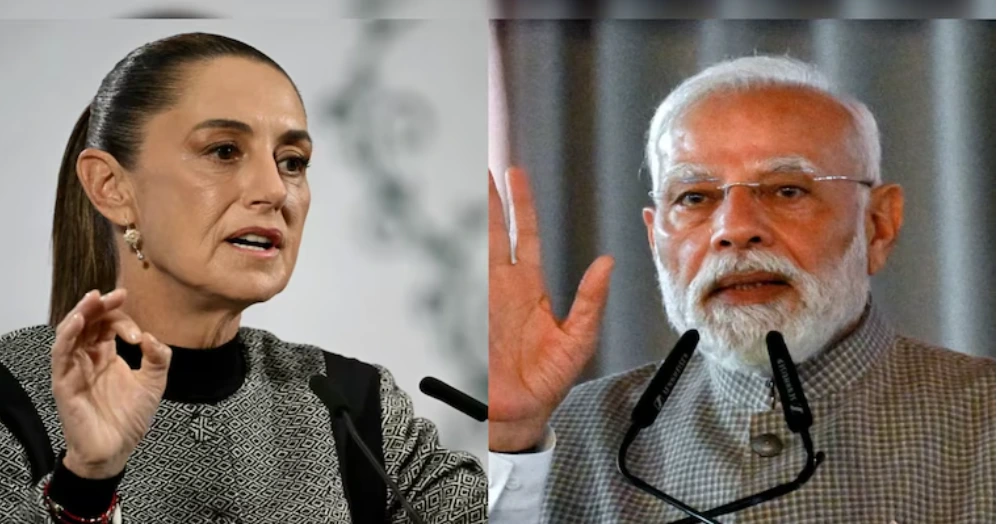At least 15 people were killed and dozens injured after a mass shooting at Sydney’s iconic Bondi Beach during a Jewish celebration, in what authorities have described as the deadliest gun attack in Australia in almost 30 years.
Police on Monday confirmed that the two attackers were a father and his son. The older man, identified as 50-year-old Sajid Akram, was shot dead by police at the scene, while his 24-year-old son Naveed Akram was injured and is undergoing treatment at a hospital.
The attack occurred during the “Chanukah by the Sea” event, held to mark the beginning of the eight-day Hanukkah festival. Around 1,000 people were attending the gathering in a small park near the beach when gunfire erupted, triggering panic among crowds enjoying a busy summer evening.
What happened at bondi beach
According to authorities, emergency services received the first calls about shots being fired around 6:45 pm. Witnesses said the attack lasted roughly 10 minutes, with people running across the sand and into nearby streets to escape the gunfire.
Videos from the scene showed two men firing long guns from a footbridge leading to the beach. Police have not officially confirmed the exact weapons used, though footage suggested a bolt-action rifle and a shotgun.
In one widely shared clip, a bystander was seen tackling and disarming one of the gunmen. The man was later praised by state leadership as a “genuine hero.” A public fundraising effort launched for him had raised over A$200,000 by Monday morning.
Attackers and investigation
Police said one of the attackers was known to security agencies, though there was no prior indication of a planned assault. Authorities later confirmed they were confident only two people were involved.
The younger attacker is an Australian-born citizen. Officials said the father had arrived in Australia in 1998 on a student visa, later transitioning to other residency permits. Investigators also searched the family’s home in Bonnyrigg, in western Sydney, where a heavy police presence remained through Monday.
Victims and community impact
Those killed ranged in age from 10 to 87 years. At least 42 others were hospitalised, several of them in critical condition. An Orthodox Jewish organisation confirmed that one of the victims was Rabbi Eli Schlanger, an assistant rabbi and one of the organisers of the event.
Eyewitnesses described scenes of chaos and fear. A young lifesaver present at the beach said seeing injured people, including children, was deeply distressing and unlike anything he had experienced before.
Community leaders urged unity and calm in the aftermath, stressing the importance of supporting those affected rather than allowing anger to divide communities.
Leaders condemn attack
Australian Prime Minister Anthony Albanese visited Bondi Beach on Monday to pay tribute to the victims, calling the shooting a “dark moment for our nation.” He described the incident as an act of antisemitism and terrorism, assuring the Jewish community of the government’s full support.
Several world leaders, including the US President, the French President and India’s Prime Minister Narendra Modi, condemned the attack and expressed solidarity with Australia.
Authorities said the shooting was the most serious antisemitic attack in the country in decades, coming amid a rise in incidents targeting Jewish institutions since late 2023. Investigations into the motive behind the attack are ongoing.


 Latest world news6 hours ago
Latest world news6 hours ago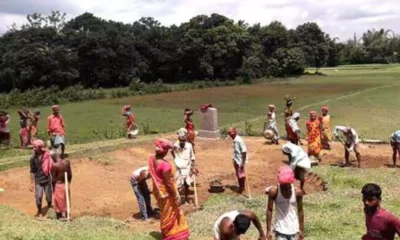
 India News3 hours ago
India News3 hours ago
 India News2 hours ago
India News2 hours ago
 India News38 mins ago
India News38 mins ago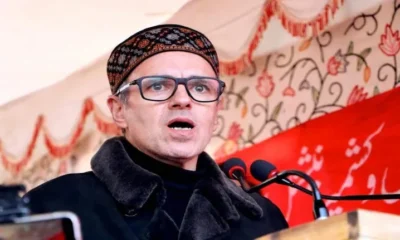
 India News25 mins ago
India News25 mins ago




